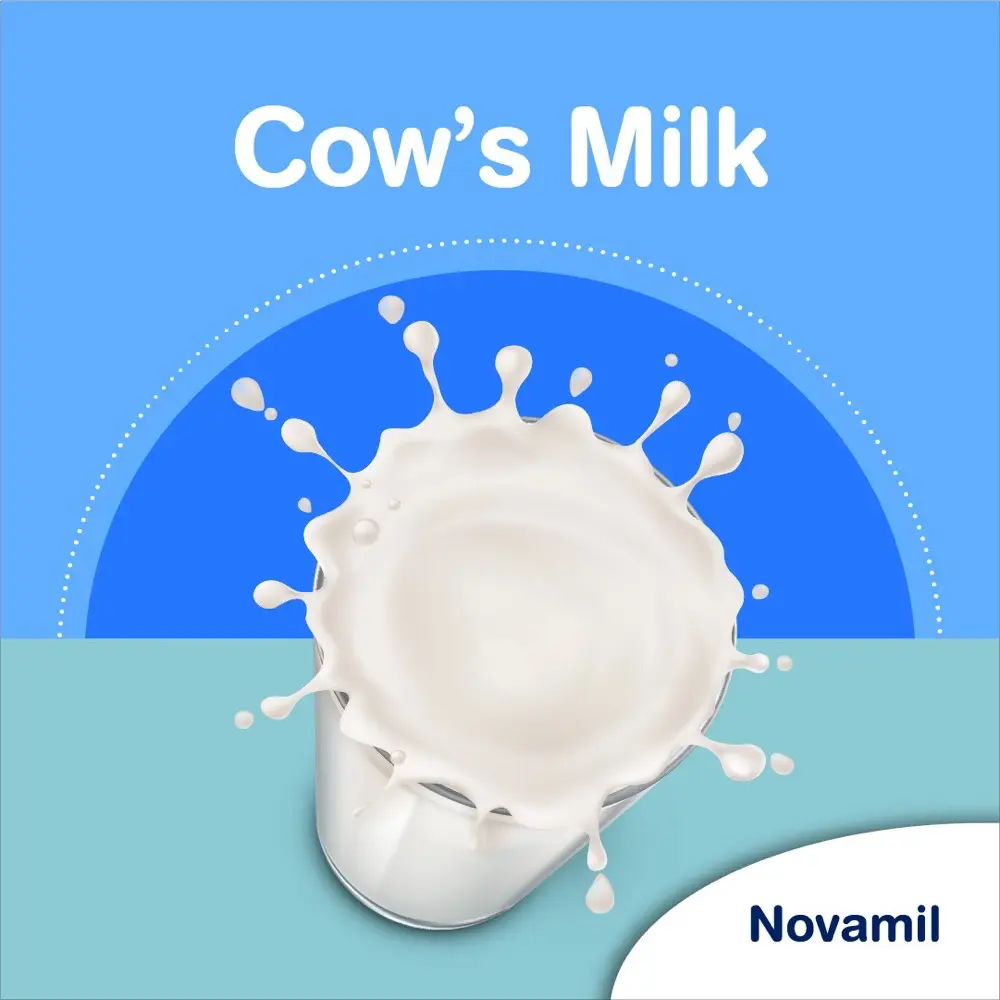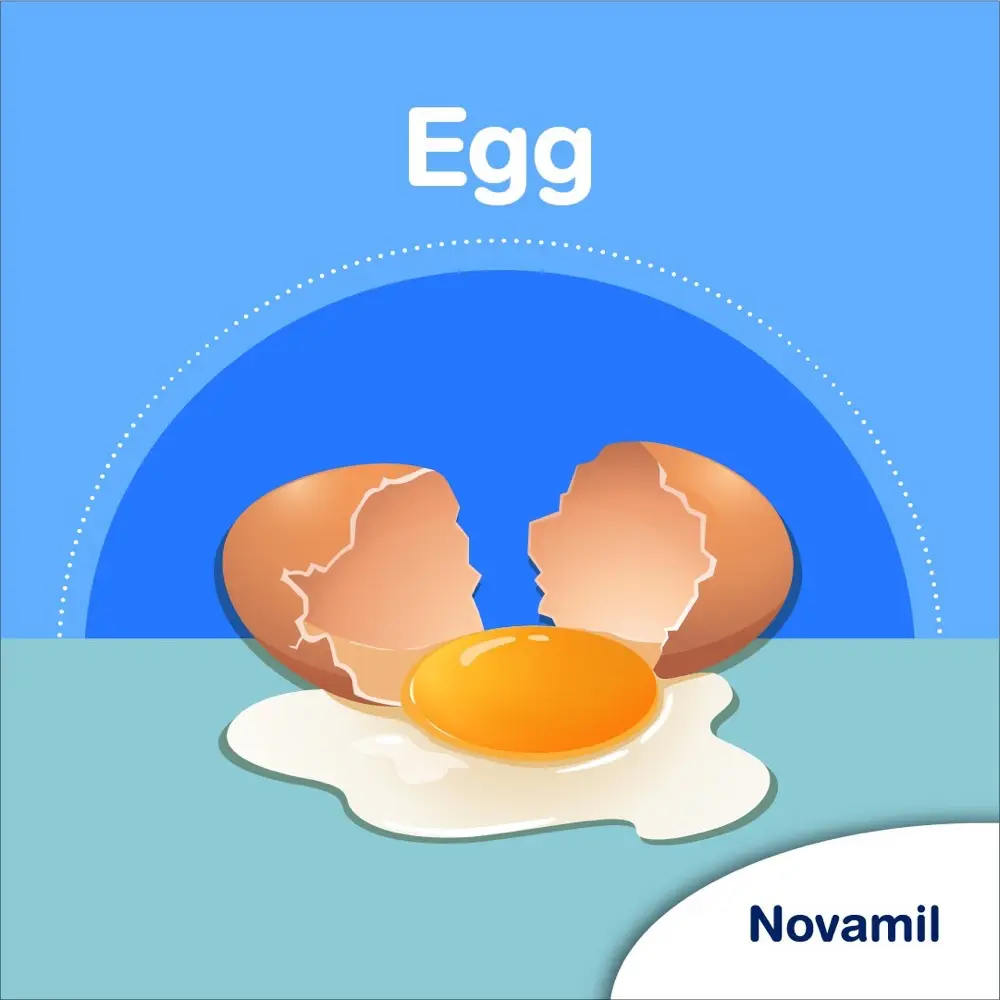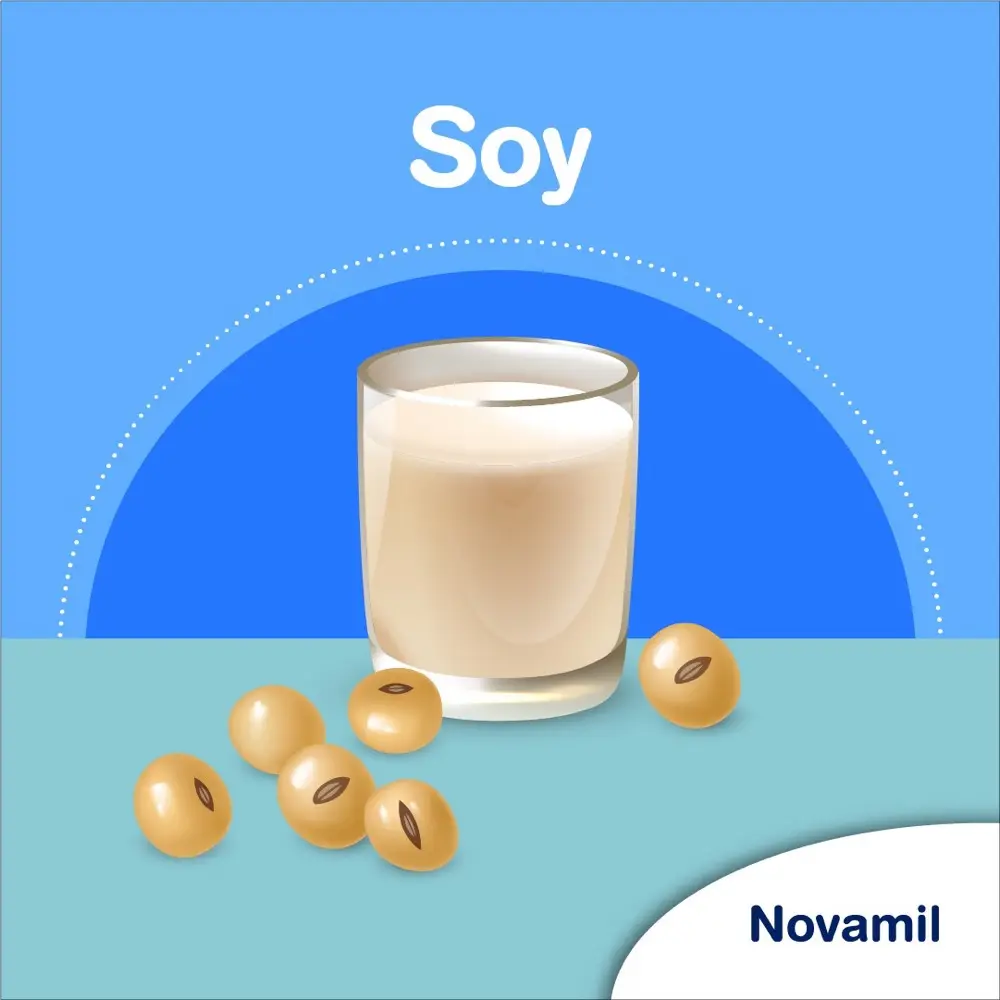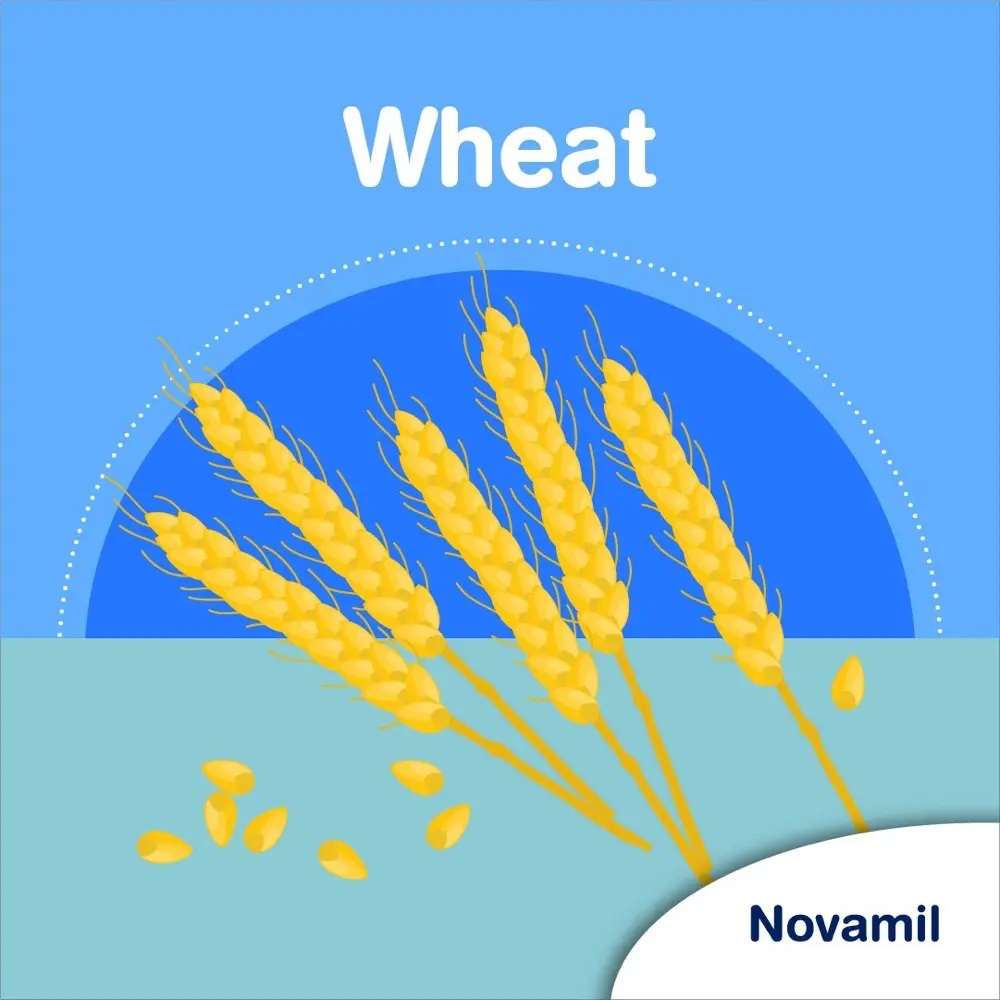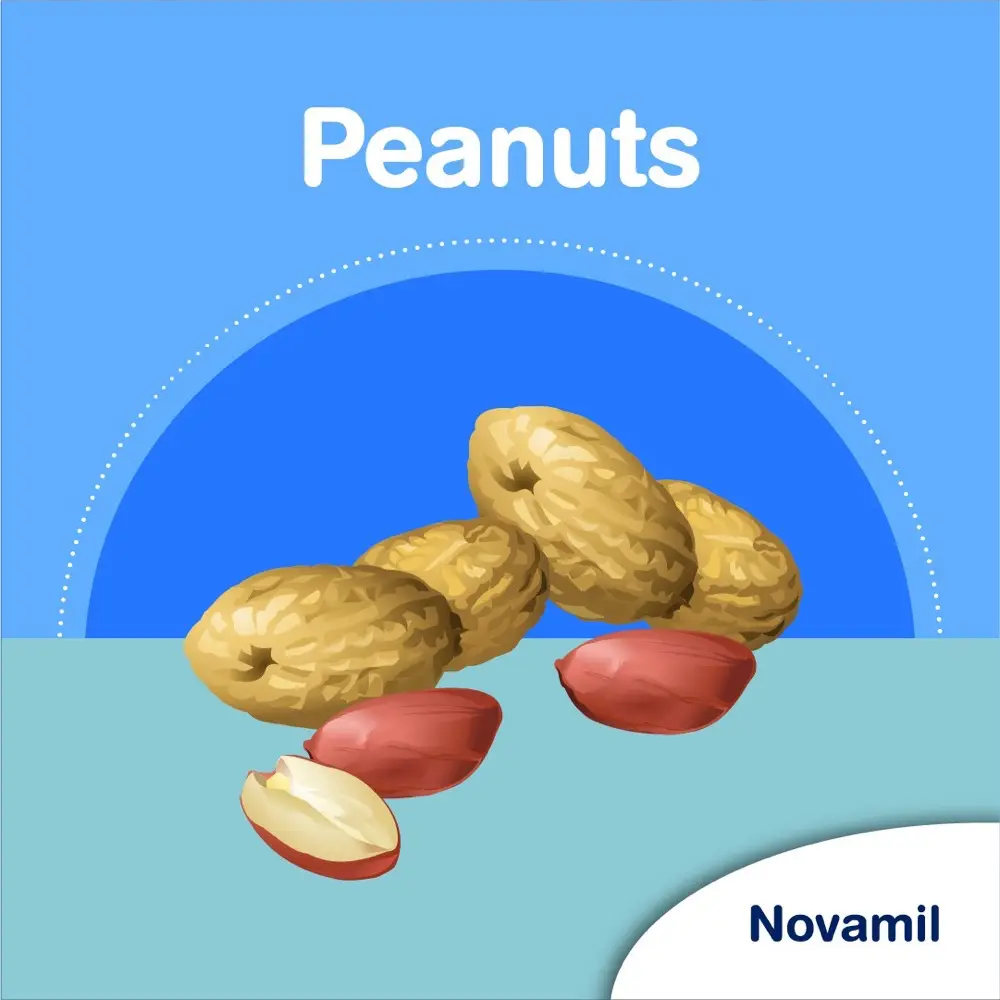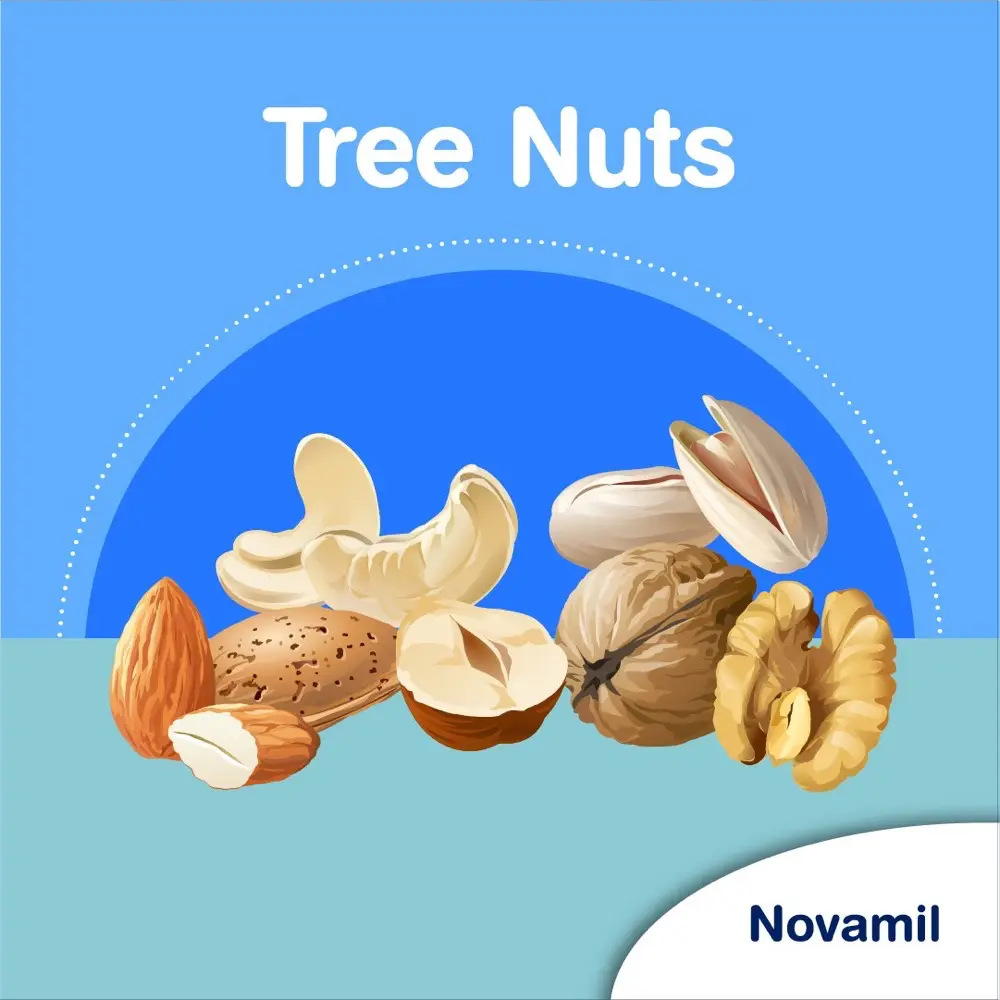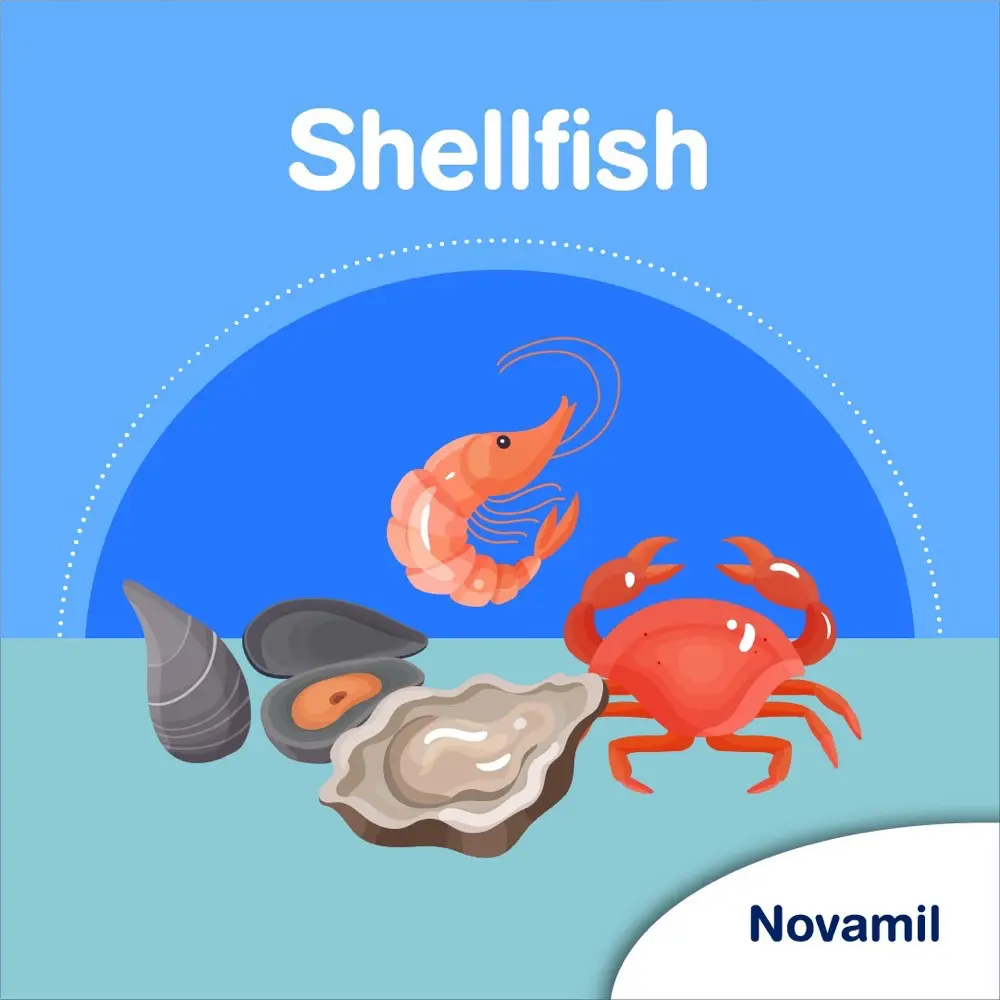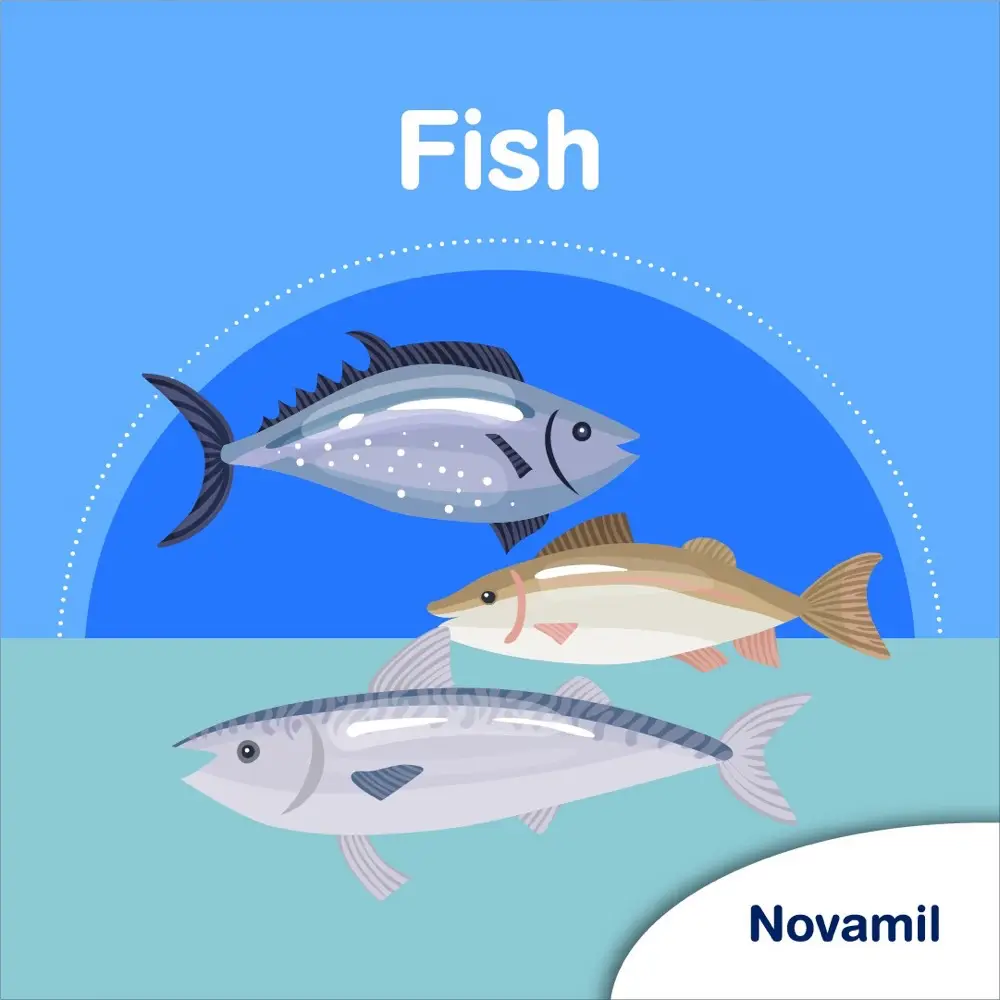Petua Untuk Ibubapa /
8 Common Food Allergies Parents Should Know
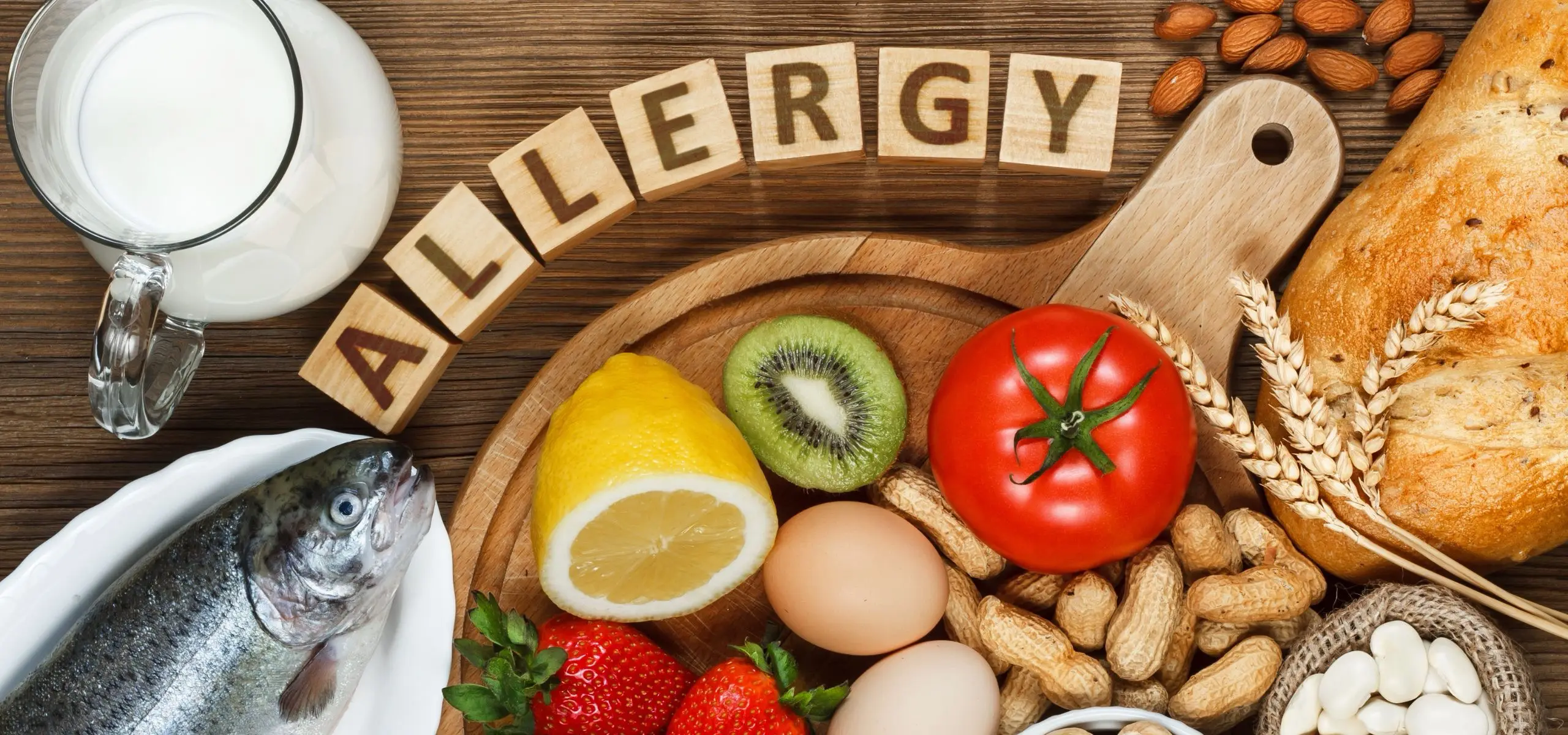
ALLERGY is a familiar term among many Malaysians, but not many may realise the severity of it. It is affecting 30 – 40% population worldwide and common in Malaysia.
The Asthma and Allergy Foundation of America (AAFA) declares May to be “National Asthma and Allergy Awareness Month". This year, the Food Allergy Awareness Week falls on May 12 – 18.
This year, AAFA is focusing on raising awareness about how food allergies are more than just a physical condition and they impact every aspect of life. Before that, let’s learn some information about food allergy.
Food Allergy
A food allergy is when the body's immune system sees a certain food as harmful and reacts against it. Symptoms can be life-threatening. The foods that cause allergic reactions are called allergens. There are 8 types of foods reported to cause most food allergic reactions.
1. Cow’s Milk
An allergy to cow's milk is most often seen in babies and young children. This food allergy can occur as early as infancy. However, most children will outgrow the condition by the time they're three, making it much less common in adults. If your kids are diagnosed with cow’s milk allergy, they have to avoid cow’s milk and all the foods that contain cow’s milk.
2. Eggs
An egg allergy is the second most common cause of food allergy in children. Similar to Cow’s milk allergy, egg allergy can occur as early as infancy as well. However, 68% of children who are allergic to eggs will outgrow their allergy by the time they’re 16. Both egg yolks and egg whites contain proteins that can cause allergies, but allergy to egg whites is most common. The treatment for an egg allergy is an egg-free diet. Sometimes, even if a food is labeled egg-free it may still contain some egg proteins that cause allergy.
3. Soy
Soy allergy is the most commonly seen in infants and children under three. It is due to the protein in soybeans or soybeen-containing products. However, around 70% of children who are allergic to soy outgrow the allergy. Some kids who are allergic to cow’s milk are also allergic to soy. The only way to avoid an allergic reaction is to avoid soy products. The soy often present in unexpected foods. Sometimes it is hard to tell if the foods contain soy, therefore need to read food labels carefully.
4. Wheat
Wheat allergy is an allergic response to one of the proteins found in wheat. It also tends to develop in infancy but will usually resolve by the time of 12 years old. Wheat allergy is different from celiac disease although both may have similar digestive symptoms. A wheat allergy causes allergic reactions that can be severe and fatal to one of the hundreds of proteins found in wheat. However, celiac disease is not life-threatening and it is an autoimmune reaction due to one specific protein — gluten. People with celiac disease have to avoid wheat and other grains that contain the protein gluten whereas people with a wheat allergy only need to avoid wheat and can tolerate gluten from grains that don't contain wheat. The treatment is to avoid wheat and wheat-containing products, as well as beauty and cosmetic products that contain wheat.
5. Peanuts
Peanut allergy is also one of the common food allergies that can cause severe and potentially fatal allergic reactions. Sometimes kids outgrow some food allergies when grow older such as cow’s milk, egg and soy, but peanut allergy is lifelong in many people. Peanuts aren’t actually a true nut. They are categorized under legume, which is the same as peas and lentils. However, most of the people who are allergic to peanuts can also be allergic to tree nuts. At the moment, the only effective treatment is complete avoidance of peanuts and peanut-containing products.
6. Tree Nuts
Similar with peanut allergy, this is a lifelong type allergy to some of the nuts and seeds that come from trees.
Some examples of tree nuts include: Brazil nuts, Almonds, Cashews, Macadamia nuts, Pistachios, Pine nuts, walnuts.Those with a tree nut allergy are advised to avoid all types of tree nuts, even if they are only allergic to one or two types. Also, the tree nut allergy is responsible for around 50% of anaphylaxis-related deaths. Thus, they are advised to carry an epi-pen with them at all times.
7. Shellfish Allergy
This food allergy happened when the body identifies shellfish as allergen and causes allergic reactions. Though people of any age can develop a shellfish allergy, it’s more common in adults. The shellfish that caused allergy include: Crustaceans such as crabs, lobsters, crayfish, shrimp and prawn, Mollusks such as squid, snails, clams, oysters and scallops Similar treatment as other allergies, the only treatment is to avoid all shellfish and products that contain shellfish. Always read the labels carefully and be cautious when dining out to ensure the food processed are free from shellfish to reduce cross-contamination. Sometimes, even the vapors from cooking shellfish can trigger a shellfish allergy in those who are allergic. Thus, it may need to keep the distance from the places where shellfish are prepared or processed.
8. Fish
Like a shellfish allergy, a fish allergy can cause a serious and potentially fatal allergic reaction. This allergic reaction occurs when the immune system reacts abnormally to a finned fish such as tuna, salmon or halibut.
Interestingly, having a fish allergy does not predispose you to a shellfish allergy because the allergens in both finned fish and shellfish are not the same. Most of the people with a fish allergy are allergic to one or more types of fish. Thus it is better to exclude all fish from the diet. This includes any sauces, condiments, or prepared foods that contain fish or fish by-products and fish gelatin such as Caesar salad dressing, hot dogs and other types of processed meats.Sometimes, touching fish or consuming foods in which fish by-products are produced also will trigger an allergic reaction. To this end, you should be careful in fish restaurants and Asian restaurants to reduce the likelihood to be exposed to the fish residue.
Among the above 8 types of food allergies, the most common food allergies in infants and children are cow’s milk, eggs, soy and wheat.
